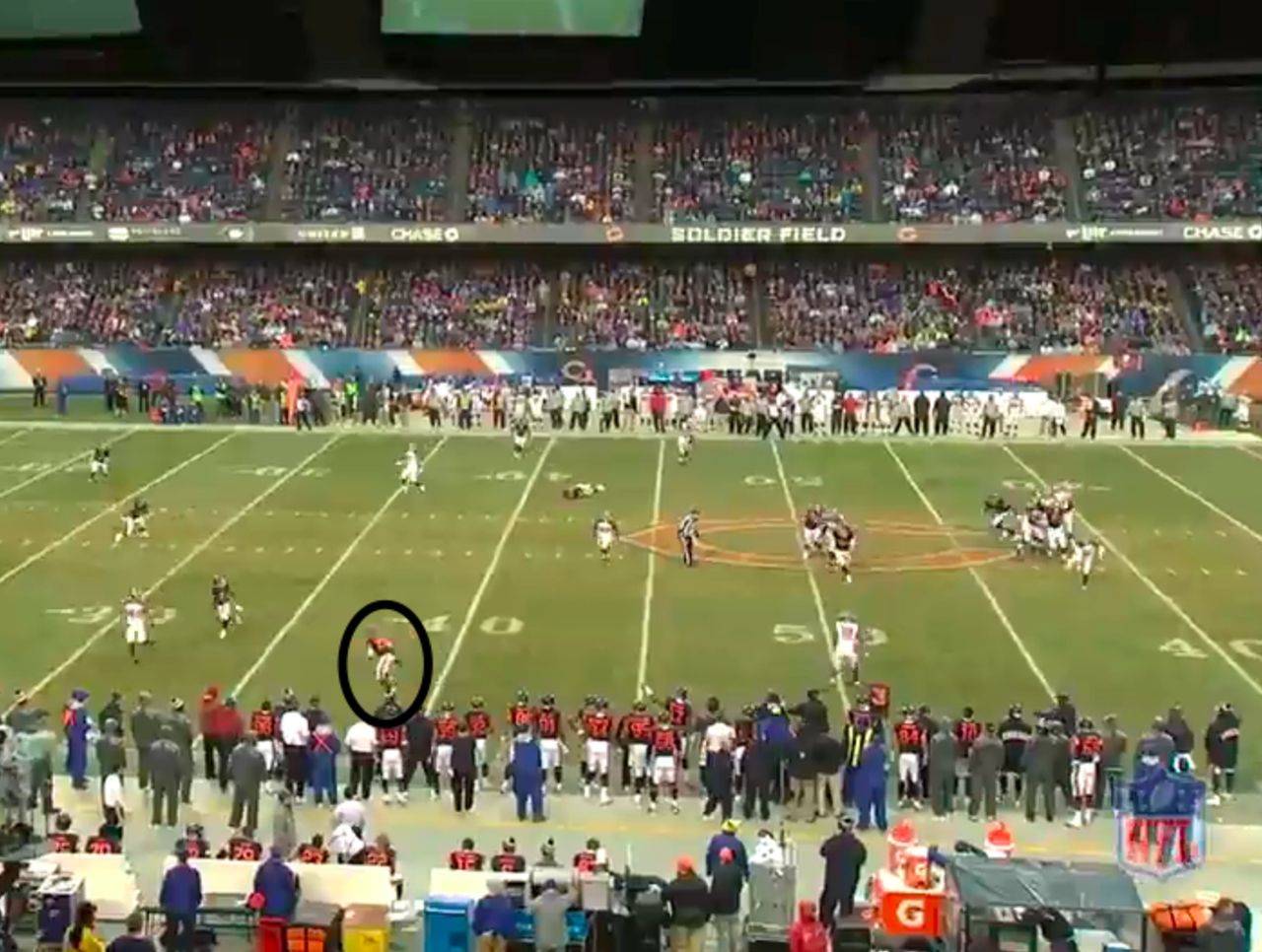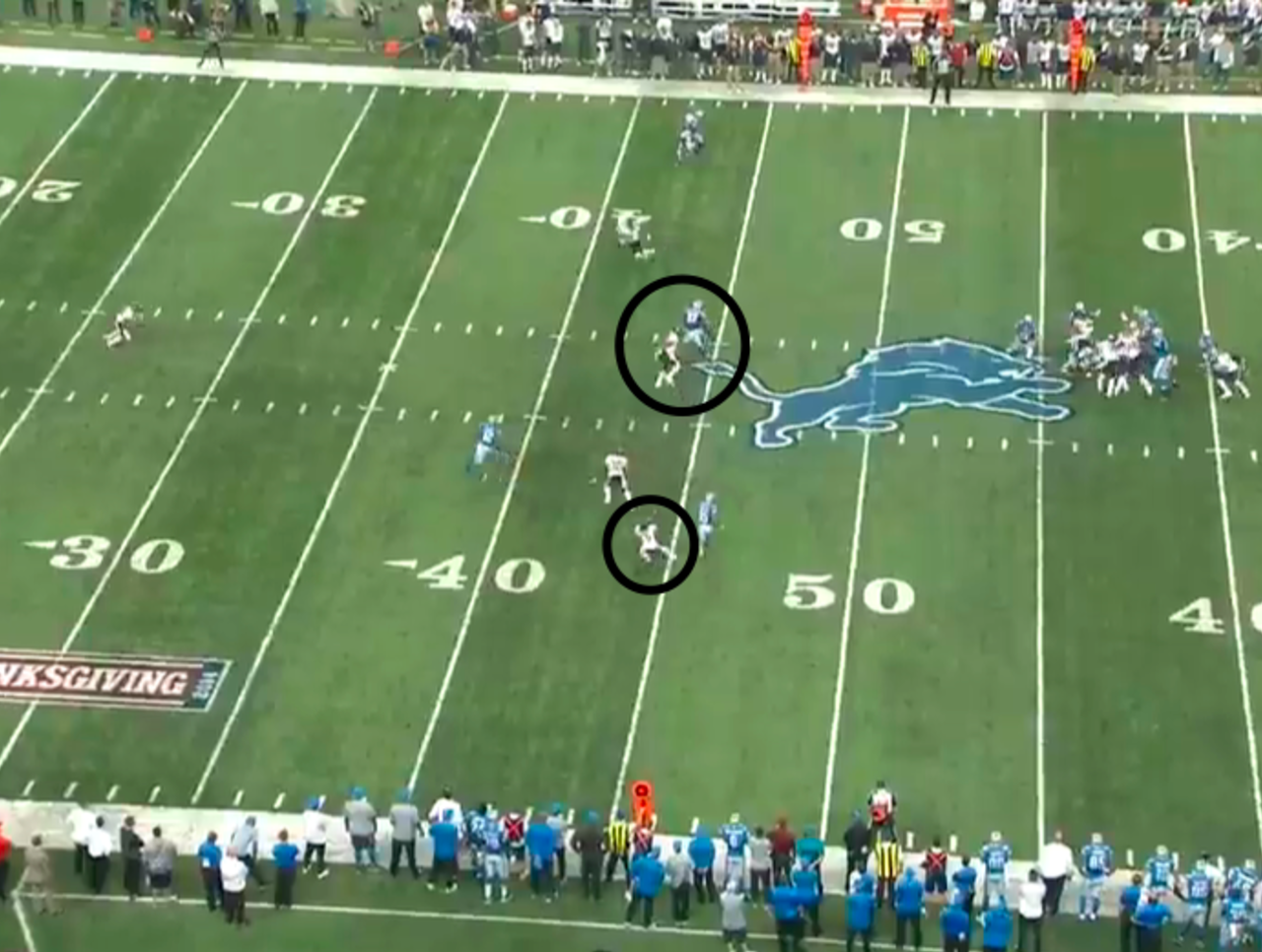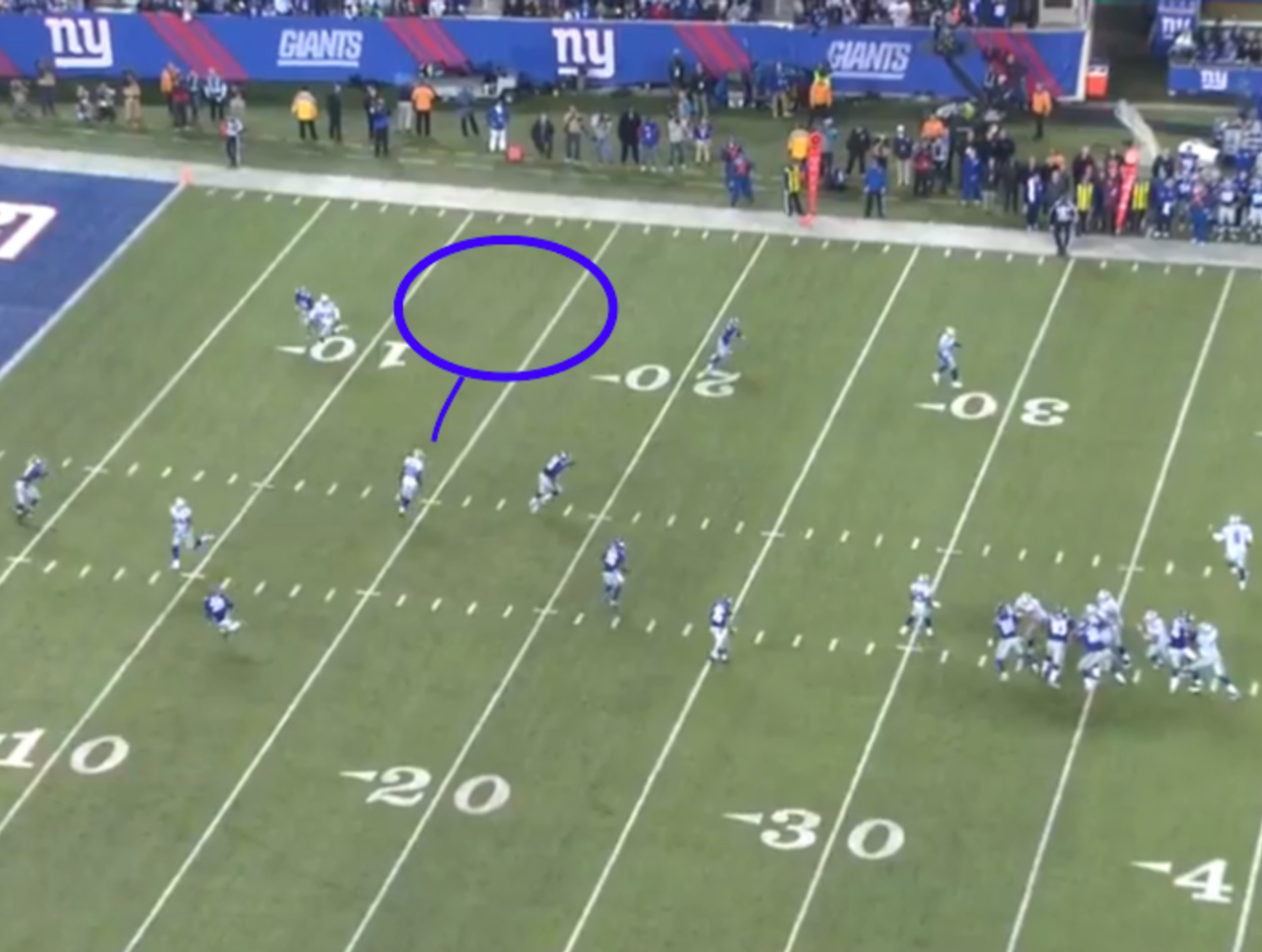Film Room: How the Cowboys should attack the Bears' shaky pass defense
Located on the south side of Chicago, Midway Plaisance is a luscious green park surrounded by an array of trees. It stretches long and wide, like a football field. This is where the Bears’ once intimidating “Monsters of the Midway” nickname originated. In still shots, the park is endless yards of unoccupied grass that people are free to wander through whenever they please, like the Bears' defense.
Their defense has allowed 49 plays of 20 or more yards, second-most in the NFL. Their defenders have not been in sync at times, some in one coverage and some in another. It is far from what the Chicago defense used to be.
In the past, they dominated with coverages built on basic principles of fundamentals and technique. They dropped to proper depths, communicated about downfield threats and wrapped up when tackling.
Now, the Bears make far too many mistakes in these same coverages. Cornerbacks follow too much with their eyes, linebackers take bad angles and run themselves right out of plays, safeties are still in their backpedals when a deep threat runs by. Together, they all lose track of crucial down and distances.
A perfect example of this came in Week 12 against the Tampa Bay Buccaneers. Before halftime, the Buccaneers were headed downfield to extend their 7-0 lead when they suddenly faced third-and-23.
To prevent a big play, the Bears played Cover 2 with two deep safeties and five underneath defenders.
In this situation, the safeties cover over the top and the cornerbacks, responsible for the flats, sink deeper to cover receivers from underneath. It’s supposed to be natural bracket coverage on a receiver.
From a tight split, a Buccaneers receiver ran a corner route to the far left while a tight end ran a swing route to the same side into the flat, which held the cornerback. That allowed the receiver to work his way downfield and get open by the sideline, in the cushion between the cornerback and the deep safety, who was still in his backpedal.

As the cornerback buzzed in the flat, the receiver reached back and stretched his arms for a 27-yard reception to set up a field goal. The Buccaneers led 10-0 at the half.
The Bears defenders must know the down and distance here. What’s troublesome is that it was not just on this play the Bears had this problem; it has been the entire season. They are not in the game mentally, which has affected their discipline. They fail to execute basic responsibilities. Another example is in Cover 3.
In its truest form, Cover 3 is a pure zone coverage that has four underneath defenders and three deep defenders. The four underneath are divided into two hook defenders responsible for the seam and two curl-flat defenders. The three deep, often manned by two cornerbacks and a free safety, are deep-third defenders.
Similar principles hold true in Cover 3 variations, too, such as when the defense uses a five-man, fire-zone blitz that leaves six defenders in coverage. The difference in responsibilities underneath is slight with only three defenders.
The Bears have relied on this coverage and its blitz variation to stop their players from thinking too much and to keep them aggressive downhill. They used both Week 13 against the Detroit Lions and still were carved up.
Once, the Lions called a Triple Hi-Lo concept on third-and-6 to attack the Bears defense at the short and intermediate levels. This meant the Lions had multiple inside-breaking routes run at different depths.
The Bears were equipped to fend off the multi-layered route combination because they had three underneath defenders. But it was more complicated than that for them.
When a slot receiver ran a 12-yard vertical stem, the nickel cornerback passed him off to the deep-third cornerback, who had bit on the square-in underneath ran by the outside receiver, who was no longer his responsibility. The outside receiver was then supposed to be the nickel cornerback’s assignment.

That left the slot receiver free to run a dig route toward the middle of the field and the middle linebacker who left after he followed a tight end’s square-in route. The slot receiver jumped to catch the ball in between his numbers and ran for a 31-yard pickup to his left, where the deep-third cornerback should have been.
Since Week 8, the Bears have given up 30 or more points three times and 50 or more points twice — monstrous numbers. They lost all three games and could lose again in Week 14 after a high-scoring affair with the Dallas Cowboys.
The Cowboys have 39 plays of 20 or more yards this season, tied for 14th most. In recent weeks, they have attacked secondaries to take advantage of single-high coverages and matchups out wide.
On a play late in the third quarter in Week 12, they attacked the holes in the New York Giants’ Cover 3.
From the back-side of a trips-right set (three threats to the right, one on the left), a Cowboys wide receiver ran a crossing route left to right behind the Giants’ linebackers and dime defenders and in front of the deep free safety. From the opposite side of the field a wide receiver and slot receiver ran mirrored post routes that cleared out both the safety and the deep-third cornerback. A tight end also ran a flat route to occupy a curl-flat defender, which created room for the crosser behind the underneath coverage and outside the numbers.

As the quarterback was flushed out of the pocket to his right, he watched the crosser invade the vacated deep-third zone on the far right and hit him in between the inside linebacker and dime cornerback. The receiver caught the pass and turned down the sideline for a 31-yard touchdown.
The offense could do the same on Thursday Night Football against the Bears, whose struggles with discipline will become worse if the Cowboys establish play action.
Play action distorts coverages by drawing up the linebackers and holding the safeties. That creates gaps in coverage that will lead to the Bears giving up even more big plays.